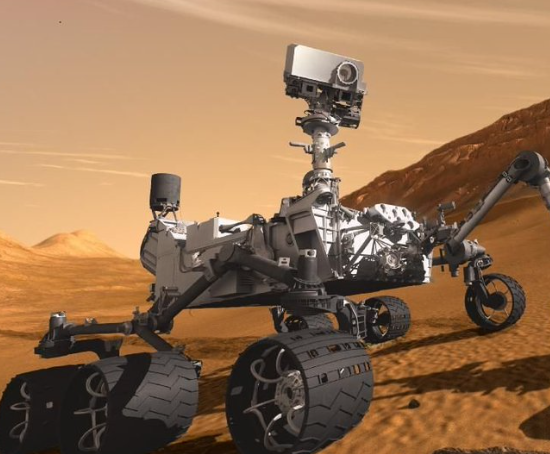Exploring planets may have just gotten a little bit easier
Researchers have developed an innovative method that enhances autonomous robotic exploration on other planets by utilizing teams of robots rather than a single large unit. This new approach integrates multiple data sources such as HiRISE orbiter imaging, probability distribution maps, and onboard rover sensors, which collectively aid in determining the most efficient and safe routes for exploration teams.
The primary focus of this new methodology is to optimize the exploration of Mars, specifically targeting the Jezero crater. By employing multi-robot teams, the methodology aims to cover more ground efficiently, ensuring that the robotic explorers maintain safe operating parameters such as nominal pitch and roll limits throughout their missions.
Best rovers are the tiny rovers pic.twitter.com/JaUImimLgg
— WLR2678🌌 (@WLR_2678) June 4, 2024
One of the key elements of this approach is the use of specialized roles within each robot team. These roles include scouts, drillers, image analyzers, and sample storers/carriers. Each unit is equipped with specific tools and programming tailored to its designated functions, enhancing the overall efficiency and effectiveness of the mission.
New picture of Chang’e 6 released. It was apparently taken by the tiny “secret” rover. pic.twitter.com/ztq6C940te
— newlunarera (@spacemike3) June 4, 2024
The integrated data from various sources is used to create detailed 3D terrain models, incorporating aspects such as traversability analysis and mapping points of scientific interest. These models are essential for planning and executing complex navigation strategies across unpredictable planetary surfaces.
In terms of operational logistics, the robots are designed to function with high levels of autonomy to minimize the burden on human operators. This is critical in planetary exploration, where communication delays and other factors can impede direct control of the robots. To ensure the safety and efficiency of the mission, the robots are equipped with sophisticated path planning algorithms. These algorithms not only determine the optimal routes that are longer but smoother and flatter, thereby reducing the risk of damage to the robots over rough terrain.
The Mars rovers, Curiosity and Perseverance, are powered by tiny embedded systems! These super-efficient computers handle everything from controlling the rover’s movement to analyzing Martian rock samples, all on a fraction of the power a laptop uses.#cmteq #coding #community pic.twitter.com/GRRMo8xUw0
— CMTEQ (@CMTEQ1) June 5, 2024
The practical application of this methodology was tested using a small-scale model rover known as a bogie runt rover. The rover was tasked with navigating a simulated planetary surface covering an area of 22,500 square meters. To evaluate the effectiveness of the multi-robot team approach, researchers set up scenarios where a team of five rovers, each with a sensor footprint of 1 meter radius, explored a combined area of 4,500 meters. The test results demonstrated that the rovers could conduct autonomous exploration without collisions in an average time of 38.26 minutes, with the generated rover trajectories averaging 653.68 meters in length. This performance is comparable to the longest distance driven without human intervention by a planetary exploration rover.
The introduction of this multi-robot team methodology marks a significant advancement in the field of planetary exploration. The ability to safely and efficiently explore a 3D environment using a team of rovers opens up new possibilities for gathering scientific data and enhancing our understanding of other planets. This methodology has been detailed in a paper pre-published on arXiv, highlighting its potential implications for future missions. Through this approach, researchers aim to maximize the scientific return of planetary missions while ensuring the safety and longevity of the robotic explorers involved.
Key Points:
i. Researchers have developed a new method that enables teams of autonomous robots to explore other planets more efficiently, focusing on Mars, particularly the Jezero crater.
ii. This method integrates data from HiRISE orbiter imaging, probability distribution maps, and onboard rover sensors to plan safe and effective exploration routes.
iii. The robots are assigned specialized roles within the team, such as scouts and sample storers, to enhance mission efficiency.
iv. Advanced path planning algorithms help maintain the robots’ safety by choosing smoother, flatter routes and ensuring they do not collide with each other.
v. The effectiveness of this multi-robot approach was demonstrated in a test involving a team of five rovers that successfully explored a large area autonomously and efficiently.
RM Tomi – Reprinted with permission of Whatfinger News



